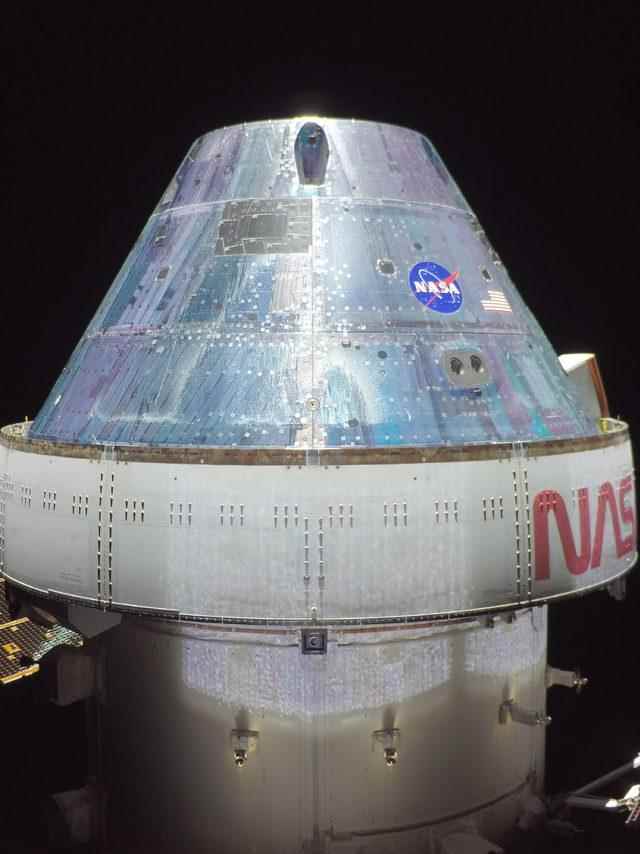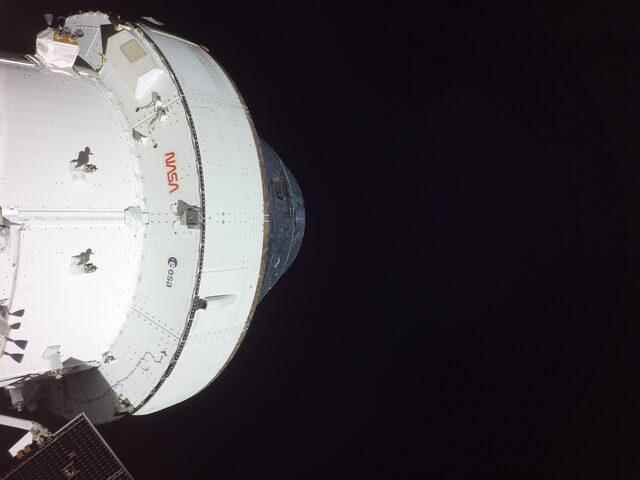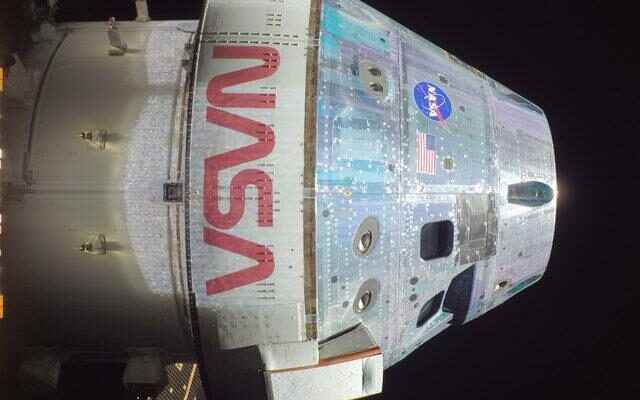NASA returns to the Moon after many years. NASA’s Artemis spacecraft, which will open the door to manned lunar voyages, is now preparing to reach the Moon. According to the BBC’s report, the Orion capsule will glide 130 km above the surface when it reaches our satellite. The vehicle will not touch the Moon during this maneuver, which will take place on the far side of the Moon at 12:44 PM (GMT 15:44).
EXCEEDED EXPECTATIONS SO FAR! “THAT WAS AN EXCITING FEW DAYS”
The mission has exceeded expectations so far since it began last week, according to the Artemis team, which said they will “wait carefully” for the signal.
“It’s been a really exciting few days for both the crew and the spacecraft as we learn about how the system works in the deep space environment. It’s nice to remind you that for the first time in 50 years a reconnaissance spacecraft has left low Earth orbit and been sent to the Moon,” said NASA’s Jim Geffre. ” said.
WHAT WILL HAPPEN WHEN ORION REACHES THE MOON?
The spacecraft will pass over the landing sites of Apollo 11, 12 and 14. It will be out of communication for 34 minutes, but will then start sending data and images from the flight. On November 26, it will break Apollo 13’s distance record when it reaches 400,171 km from Earth.

In two days, it will have covered more than 430,000 km. This will go down in history as the furthest a human spacecraft has ever flown.
After that, the capsule will begin its journey to Earth. It is expected to land in the Pacific Ocean on 11 December.
THEY WILL SEE IF THE ENVIRONMENT IS SUITABLE FOR PEOPLE
As this is a test flight, there is no astronaut on board the spacecraft. Instead, three mannequins covered with thousands of sensors are inside the capsule. According to NASA astronaut Zena Cardman, these sensors get a sense of whether the environment will be suitable for humans. Cardman says there are various sensors inside the capsule, such as radiation sensors, motion sensors, accelerometers.

This flight is very important. Because if this flight goes well, astronauts will join the next journey. They will first enter the orbit of the Moon. NASA plans to send a woman and a black astronaut for the first time to the Moon as part of the Artemis missions. The European Space Agency is also watching the spacecraft carefully.
IT ALL STARTED ON 16 NOVEMBER
The Artemis mission began Wednesday, November 16, with the launch of the most powerful rocket NASA has ever built from Kennedy Space Center in Florida. The capsule had shared several selfies during its journey.
Spacecraft get selfies, too.
While teams performed a checkout on the @NASA_Orion spacecraft, these images were captured of the outside of the vehicle.
the #Artemis I mission is just a couple days from reaching the Moon: https://t.co/7Y3o8TGU3C pic.twitter.com/1ezU0m4EQU
— NASA Artemis (@NASAArtemis) November 19, 2022
